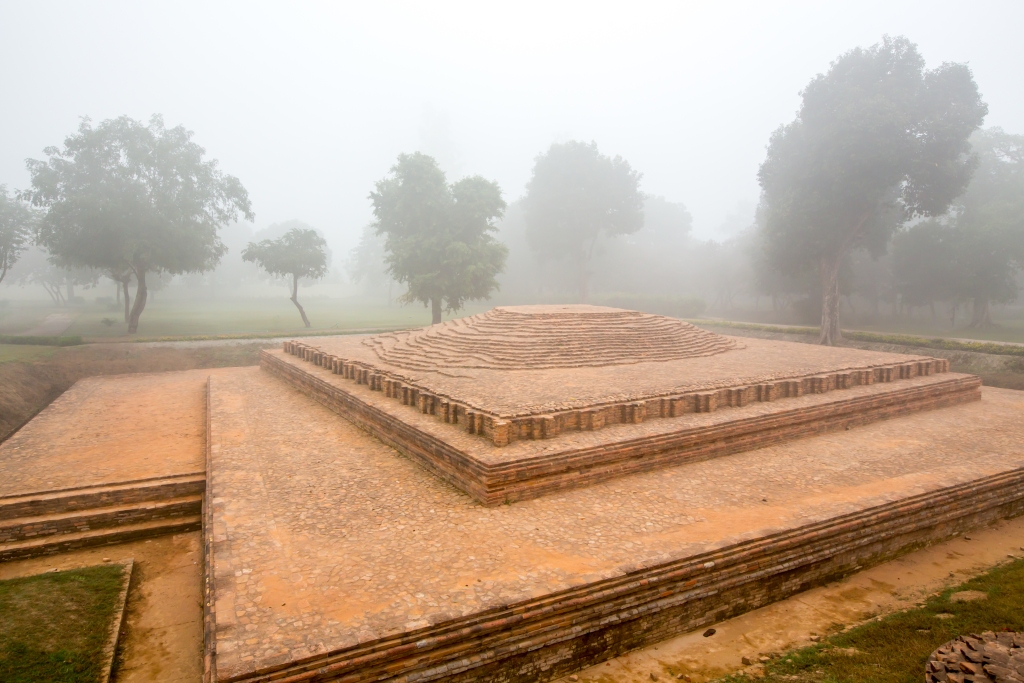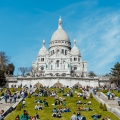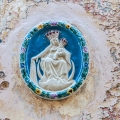Some places do not appear on must-see travel lists. They are not overrun with selfies or Michelin-starred restaurants. Kushinagar, in Uttar Pradesh, is one such place. Yet for millions of Buddhists, this modest town marks the sacred end of an ancient path: here, the Buddha reached Mahaparinirvana—final liberation after enlightenment. Nothing spectacular occurred, but everything essential did: a peaceful death beneath the trees, after all had been said.
What Makes Kushinagar Unique?
Kushinagar is not marked by miraculous events but by stillness. It does not offer healing or revelation, but a profound connection to death, compassion, and the conclusion of the journey. Aware that his end was near, the Buddha chose this northern Indian town as the place of his final rest. His passage through the city was quiet, and his final teaching a reflection on existence.
Today, Kushinagar is one of Buddhism’s four sacred sites, alongside Lumbini (birth), Bodh Gaya (enlightenment), and Sarnath (first discourse). But here, the focus is not on beginnings—it is on the end. That alone gives it a deeply human quality, even for those who do not follow the Buddhist path.
In the Buddha’s time, Kushinagar—then Kusinara—was part of the Malla kingdom. After his death, the local rulers organized his cremation and distributed his relics. The site became a center of pilgrimage, mentioned by Chinese monks Faxian and Xuanzang. With the decline of Buddhism in India, it faded into obscurity until rediscovered by British archaeologists in the 19th century. Today, both the Indian government and several Asian nations support its preservation and promotion.
https://www.pilgrimaps.com/the-final-destination-of-the-historical-buddha/
A Route Made for Quiet Walking
Kushinagar can be explored in one or two days. The walk is physically light but emotionally resonant. Distances are short, the surroundings are green, and the sites invite reflection more than visual admiration.
Mahaparinirvana Temple
The heart of the visit. Inside lies a six-meter-long statue of the reclining Buddha, carved from red sandstone in the 5th century CE. It captures the exact moment of his entry into Nirvana. His expression is tranquil; visitors walk barefoot around him, leaving flowers, candles, whispered prayers. Tears are not uncommon. Restored in 1956, the temple retains an atmosphere of living devotion.
Parinirvana Stupa
Behind the temple stands a large brick structure traditionally believed to house the Buddha’s relics. Surrounded by gardens, its simple geometry seems to hold centuries of silent prayer. The quiet here feels nearly physical.
Ramabhar Stupa
About 1.5 kilometers from the main temple, this grassy, circular mound marks the site of the Buddha’s cremation. Unadorned and open to the sky, it is deeply evocative. At dawn or dusk, as golden light touches the ancient bricks, time seems suspended.
Matha Kuar Shrine
A more discreet but meaningful stop. Here sits a statue of the Buddha with his hand touching the earth—the gesture of enlightenment. Tradition holds that he gave his final sermon here. Less frequented, the site offers an intimate space for contemplation.
International Temples
Kushinagar also reflects the diversity of Buddhism today. Nations such as Thailand, Japan, Sri Lanka, and Vietnam have built temples in their own architectural styles—golden roofs, pagodas, meditation gardens. Visiting them is a small spiritual journey around the world.
Archaeological Museum
Though modest, the museum offers valuable context: sculptures, seals, and relics unearthed during the 19th-century excavations. A good stop for understanding the site’s historical depth.

Practical Advice for Curious Travelers
- Getting There:
The nearest city is Gorakhpur (50 km), with a train station and domestic airport. Taxis and buses connect the two. Kushinagar International Airport, inaugurated in 2021, offers flights from Delhi and several Asian countries such as Sri Lanka and Thailand, especially during pilgrimage seasons. Check schedules when planning.
- Best Time to Visit:
October to March offers the most pleasant weather for walking and sightseeing. April and May are extremely hot, while June to September is monsoon season. During Buddha Purnima (April/May), the town fills with pilgrims and hosts special rituals and festivals.
- Where to Stay:
Mid-range hotels near the main temple, like Lotus Nikko or Royal Residency, cater to tourists and pilgrimage groups. Some monasteries, such as the Thai or Japanese, offer simple accommodations—advance contact is advised. Staying in Gorakhpur with a day trip to Kushinagar is also an option.
- Getting Around:
Most sites are within walking distance. The town can be explored on foot, by bicycle, or by rickshaw (manual or motorized). Early morning and late afternoon walks are especially rewarding.
- Conduct at Temples:
Kushinagar remains an active pilgrimage site. Respect for sacred spaces and fellow visitors is essential. Dress modestly—cover shoulders and knees—and remove shoes before entering any temple (easy-to-remove footwear helps). Maintain a low voice or silence, particularly within the Mahaparinirvana Temple, and avoid interrupting prayers or ceremonies. Photography is allowed in most places, but avoid flash and ask permission before photographing monks or pilgrims.
Kushinagar is not designed to impress. Its power lies in its quietude. It is a space that reminds us that silence speaks, and that endings can be as revealing as beginnings. In a world that rushes, Kushinagar invites pause. To look inward. To part in peace.




